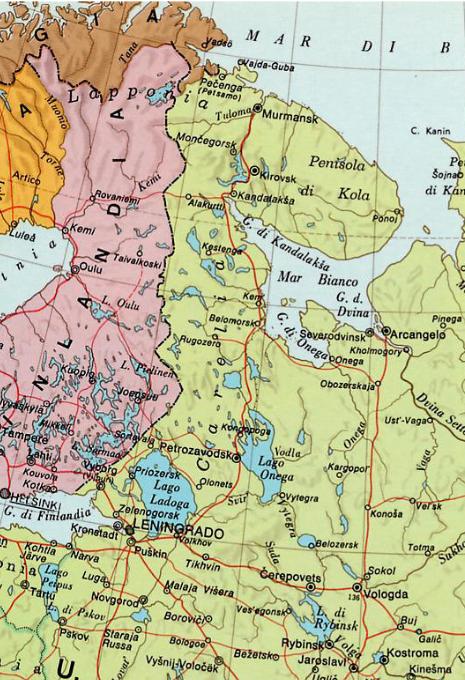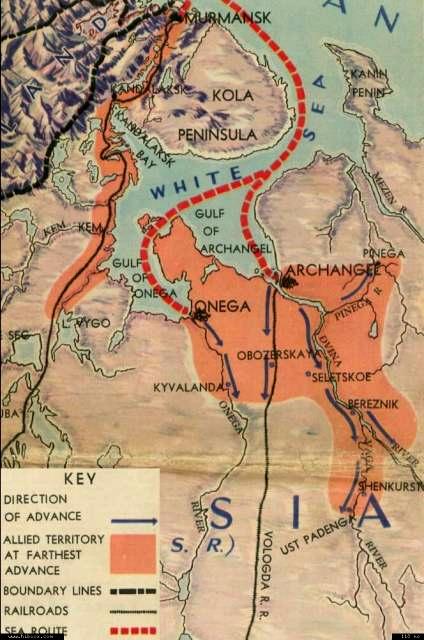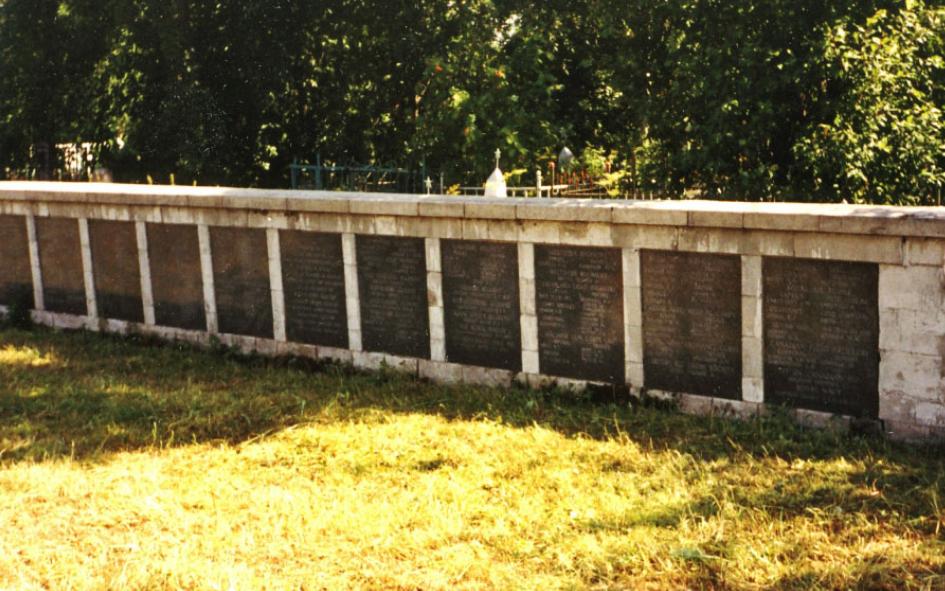|
|
|
|
Carta geografica odierna. Il collegamento con Murmansk ebbe vita solo nel 1917 quando furono completati i lavori del nuovo porto. Murmansk è una città giovanissima, costruita per motivi militari, strategici ed economici. Il suo (gigantesco) porto, lambito dalla corrente calda del Golfo, è sempre libero dai ghiacci (pack) e agibile tutto l'anno compatibilmente con la latitudine. È base dei rompighiaccio per ogni evenienza. Il più famoso di questi fu il Krassin Lungo 98 metri, largo 21,60 costruito nel 1916 in Inghilterra, 10.000 tsl, 10.500 hp, corazzato in acciaio al cromo. Il suo intervento più noto fu nella spedizione Nobile del dirigibile Italia (1928). Nel 1942 era nell’Oceano pacifico e venne via Panama riportato nel mar Artico per fare da apripista ai convogli alleati verso Murmansk. Oggi è un museo galleggiante visitabile a San Pietroburgo. Il primo rompighiaccio venne costruito ad Amburgo nel 1871. http://www.krassin.ru/en/ . |
carta geografica del settore di Arcangelo col fronte occidentle di Kem lungo la ferrovia Murmansk-Pietrogrado (Leningrado) e l'altro a destra lungo la ferrovia e la via d'acqua (Dvina) colorati in arancione ed occupati dalle forze internazionali dal 1918 al 1919 come massima espansione della testa di ponte antibolscevica. CIMITERO MILITARE INGLESE DI ARCANGELO American North Russia Expeditionary
Force (ANREF), 1918-1919 |



